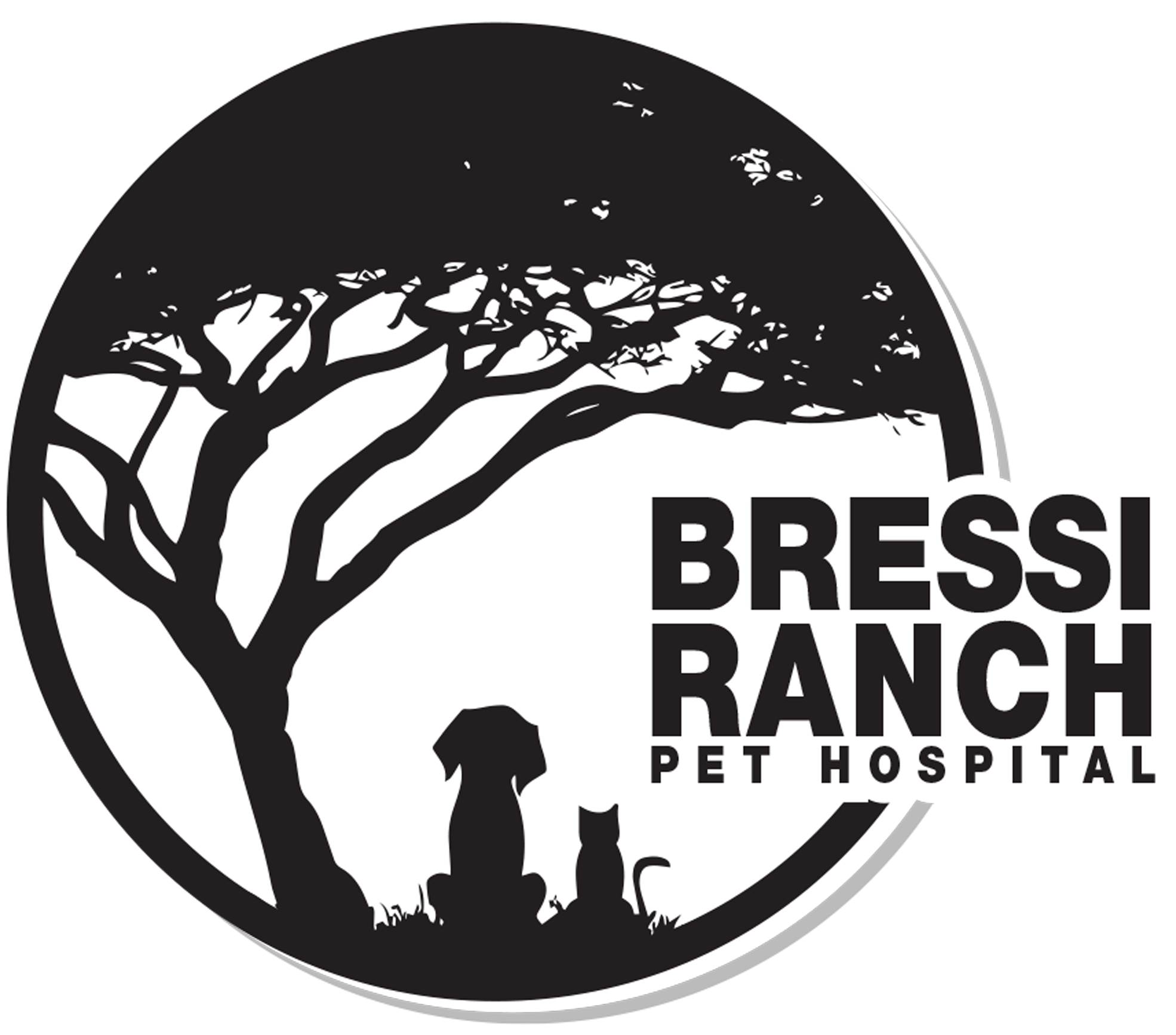Library
-
This handout discusses the need for ensuring your pregnant dog is receiving adequate nutrition to make sure both she and her puppies thrive during this time of increased demands on her body. Feeding and diet suggestions are provided.
-
Special attention needs to be given to a dog’s nutrition during her pregnancy to promote a healthy birth and healthy puppies. It is important to maintain a good body condition throughout pregnancy as her weight increases. A good quality adult maintenance diet is recommended during the first 40 days but after this the energy demand increases greatly and this is most easily met by feeding puppy food. This diet is usually fed throughout the lactation period, but attention to body condition is essential here as well, and the diet may need to be restricted if there is a small number of puppies or the dog starts becoming overweight. Weaning is usually aided by feeding significantly less food for a few days while restricting access to nursing to decrease milk production.
-
Feeding your dog can be easily accomplished with mealtimes on a set schedule. At least two meals per day are best for your dog. The use of food toys or interactive feeders adds interest to your dog’s mealtimes. Routines help your dog adjust to changes that may occur in your home as well as allow you to monitor his health.
-
With all cancer management strategies, providing optimal nutrition for your dog is essential. The metabolic effects of cancer will persist after treatment but with your veterinarian’s guidance, you can adjust your dog’s nutrient profile and potentially avoid some of these negative side effects. Carbohydrates promote cancer cell growth, while cancer cells have a difficult time using fat as an energy source, so foods that are relatively high in fat and low in carbohydrate may benefit dogs with cancer. The effects of surgery, chemotherapy, and radiation therapy will be considered when your veterinarian advises a nutrient profile, formulation, quantity, and delivery method for your dog.
-
The food you feed your dog is the largest factor you can control to give them optimal health. The diet formulation should change over your dog’s life as he moves through the different life stages of puppy, adult, and senior. The diet type can help manage or improve many medical conditions by feeding specific nutritional profiles. Your veterinarian is always ready to help you make the best nutritional choices for your dog.
-
Once your dog reaches adulthood, his nutrient profile changes from when he was a puppy. Your veterinarian can help you determine what proportion of each nutrient is needed based on your dog’s lifestyle and current body condition. Avoid free-feeding and work on a meal schedule. Following these steps can help your dog lead a healthier life and avoid becoming overweight or obese.
-
An FHO, or femoral head ostectomy, is a surgical procedure that aims to restore pain-free mobility to a diseased or damaged hip by removing the head and neck of the femur (the long leg bone or thighbone). This procedure is commonly recommended for smaller dogs, especially those who are at a healthy weight. Active dogs often experience better results with FHO than less-active dogs. It is important to follow your veterinarian's post-operative instructions. Most dogs will show signs of complete recovery approximately six weeks post-operatively.
-
To be classified as a fever of unknown origin (FUO), the body temperature must be above 103.5°F (39.7°C) for longer than a few days, with no obvious underlying cause based on history and physical examination. A fever is beneficial to the body, but if a fever remains above 106°F (41.1°C) for more than a few days, several consequences occur within the body and can be life threatening. If your pet has a fever, your veterinarian will perform a thorough physical examination, perform diagnostic blood tests, urine culture, and possibly other diagnostic tests. Antibiotics are often prescribed.
-
Finasteride is given by mouth and is used off-label to treat benign prostatic hypertrophy (enlarged prostate) in intact male dogs, and may also be used for adrenal problems in ferrets. Give as directed. Side effects are uncommon. Do not use it in sexually developing animals or in females, including pregnant or nursing females. If a negative reaction occurs, please call your veterinarian.
-
This handout discusses how to find reliable information for your pet on the internet. Recommendations are to always seek out trusted sources, such as your own veterinary clinic, veterinary schools, and those sites with content written by veterinarians. Try to avoid sites offering homemade cures, are heavily weighted with opinions, or offer prescription medications without requiring a veterinarian’s prescription.
